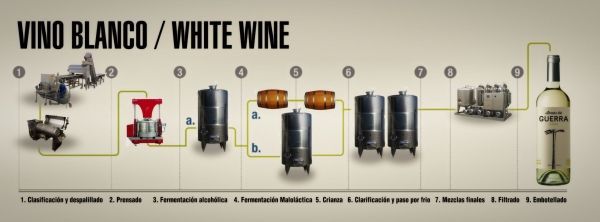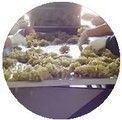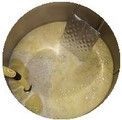Producing whites
|
To produce our whites, the grapes of Godello and Doña Blanca (which are the main indigenous grapes) go through the following steps: Grape selection: after the first selection in the vineyards, once at the cellar, the grapes experience the final selection on a sorting table to get rid of any green or unhealthy grapes as well as any other unwanted element. Final cooling: to guarantee the best conditions, it’s important to pick the grapes during the night or very early in the morning, so that they are still cool when they get at the cellar. However, before the vinification, the grapes are kept in a cold storage unit to cool them down. |
|
|
|
Destemming: berries are separated from the stems. Crushing: the grapes go through corrugated rollers that gently break the skins, so that the free-run juice may be drained quickly. |
 |
|
|
Pressing: the grapes are gently pressed to extract more juice, but it’s important that the pressure is not excessive in order to avoid bitter and astringent substances of the seeds and/or skins. Pneumatic presses are the most commonly used, as they work with a reduced pressure and therefore the juice obtained is of higher quality. Sulfiting: once in the vat, we add the adequate dose of sulphur dioxide, which is the most widely used preservative in winemaking (antiseptic and antioxidant). |
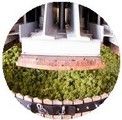 |
|
|
Debourbage: we let the juice settle at cold temperature between 8 and 24 hours, so that any sediment sinks down to the bottom and therefore may be removed by physical decanting. Vatting: The free-run juice is then racked to a vat, so that the alcoholic fermentation may start. The most commonly used are stainless steel or concrete vats, but some also use oak barrels. |
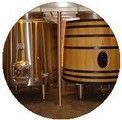 |
|
|
Alcoholic fermentation: during fermentation the must turns into wine thanks to the yeasts that convert sugars into alcohol. Yeasts are the microorganisms present on grape skins that quickly multiply themselves eating the available glucose (sugar present in the juice) to produce alcohol and carbon dioxide. When the fermentation is over, they die and sink down to the bottom of the vat and they are then called lees. The sugars that remain without being transformed into alcohol are called residual sugars. |
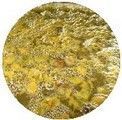 |
|
|
Malolactic fermentation: the acids present in wine are tartaric, malic and citric. Citric acid quickly disappears during the alcoholic fermentation, but malic acid is extremely important and plays a fundamental role in the biological stability of wine. After the alcoholic fermentation, lactic acid bacteria convert malic acid into lactic acid, which is softer. Thanks to the malolactic fermentation, wines are rounder, richer with a pleasant mouthfeel and specially enhance body and persistence. During the malolactic fermentation, the average temperature is around 20ºC. However, malolactic fermentation is not usual in whites and winemakers prevent it when they deal with specially intense aromatic varieties and therefore want to preserve the aromas and the acidity to produce lively and crispy fruity whites. |
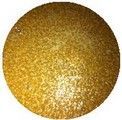 |
|
|
Devatting: process also called délestage, which consists in separating the wine from the remaining sediments of fermentation. Racking: the wine is then racked off to another vat to get rid of any tiny sediments, that could still be present in the wine. |
|
|
|
Fining: a fining agent (colloidal substance, which can be mineral, vegetal or animal) is added to the wine and allows any insoluble suspended matter to sink down. |
||
|
Tartaric stabilization: the wine is cooled down (temperature below 0ºC), so that the soluble salts of tartaric acid dissolved in the wine precipitate. If this step is skipped or not carried out properly, they would precipitate later on inside the bottle forming crystals. |
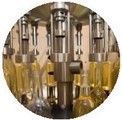 |
|
|
Ageing: most whites are meant to be lively, crispy and fruity and are therefore unoaked. However, some varieties are particularly suitable for some oak ageing or at least a barrel fermentation with techniques such as battonage. The wine grows in finesse and complexity. Bottling: once the final blend is defined and filtered to avoid any kind of contamination, the analysis must certify that the wine is stable and ready to be bottled, before doing so. For wineries without a bottling plant, there are companies offering a mobile bottling service. |
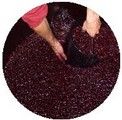 |
 Paseo de la constitución 106. 24540 Cacabelos (León) Spain
Paseo de la constitución 106. 24540 Cacabelos (León) Spain +34
+34 
 vinosdelbierzo
vinosdelbierzo
